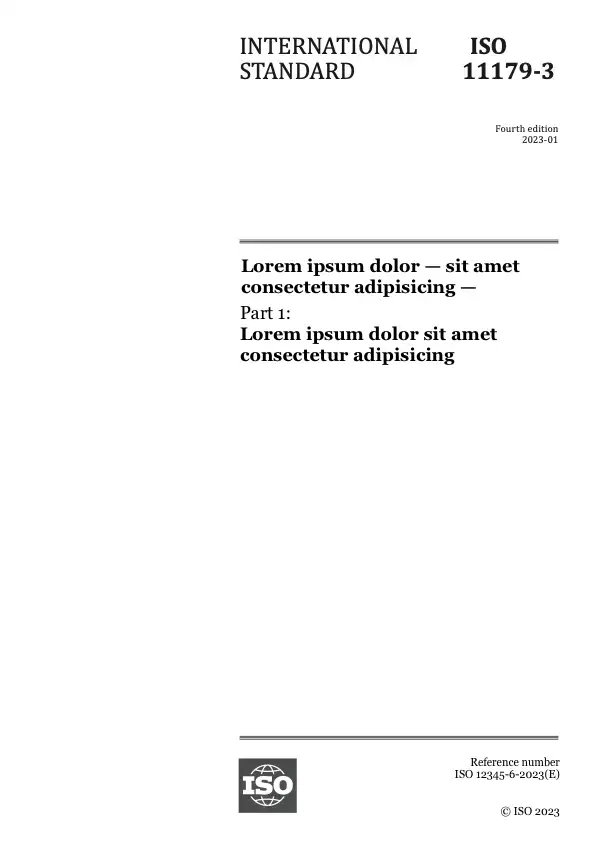Тезис
ISO 13506-1:2017 specifies the overall requirements, equipment and calculation methods to provide results that can be used for evaluating the performance of complete garments or protective clothing ensembles exposed to short duration flame engulfment.
This test method establishes a rating system to characterize the thermal protection provided by single-layer and multi-layer garments made of flame resistant materials. Any material construction such as coated, quilted or sandwich can be used. The rating is based on the measurement of heat transfer to a full-size manikin exposed to convective and radiant energy in a laboratory simulation of a fire with controlled heat flux, duration and flame distribution. The heat transfer data are summed over a prescribed time to give the total transferred energy.
For the purposes of this test method, the incident heat flux is limited to a nominal level of 84 kW/m2 and limited to exposure durations of 3 s to 12 s dependant on the risk assessment and expectations from the thermal insulating capability of the garment. The results obtained apply only to the particular garments or ensembles, as tested, and for the specified conditions of each test, particularly with respect to the heat flux, duration and flame distribution.
This test method requires a visual evaluation, observation and inspection on the overall behaviour of the test specimen during and after the exposure as the garment or complete ensemble on the manikin is recorded before, during and after the flame exposure. Visuals of the garment or complete ensemble on the manikin are recorded (i.e. video and still images) before, during and after the flame exposure. This also applies to the evaluation of protection for the hands or the feet when they do not contain sensors. For the interfaces of ensembles tested, the test method is limited to visual inspection. The effects of body position and movement are not addressed in this test method.
The heat flux measurements can also be used to calculate the predicted skin burn injury resulting from the exposure (see ISO 13506-2).
This test method does not simulate high radiant exposures such as those found in arc flash exposures, some types of fire exposures where liquid or solid fuels are involved, nor exposure to nuclear explosions.
NOTE 1 This test method provides information on material behaviour and a measurement of garment performance on a stationary upright manikin. The relative size of the garment and the manikin and the fit of the garment on the shape of the manikin have an important influence on the performance.
NOTE 2 This test method is complex and requires a high degree of technical expertise in both the test setup and operation.
NOTE 3 Even minor deviations from the instructions in this test method can lead to significantly different test results.
Preview
Общая информация
-
Текущий статус: ОпубликованоДата публикации: 2017-07Этап: Между-народный стандарт подлежит пересмотру [90.92]
-
Версия: 1
-
Технический комитет :ISO/TC 94/SC 13ICS :13.340.10
- RSS обновления
Жизненный цикл
-
Ранее
ОтозваноISO 13506:2008
-
Сейчас
ОпубликованоISO 13506-1:2017
Стандарт, который пересматривается каждые 5 лет
Этап: 90.92 (Будет пересмотрено)-
00
Предварительная стадия
-
10
Стадия, связанная с внесением предложения
-
20
Подготовительная стадия
-
30
Стадия, связанная с подготовкой проекта комитета
-
40
Стадия, связанная с рассмотрением проекта международного стандарта
-
50
Стадия, на которой осуществляется принятие стандарта
-
60
Стадия, на которой осуществляется публикация
-
90
Стадия пересмотра
-
95
Стадия, на которой осуществляется отмена стандарта
-
00
-
Будет заменено
В стадии разработкиISO/FDIS 13506-1
Появились вопросы?
Ознакомьтесь с FAQ
Часы работы:
Понедельник – пятница: 09:00-12:00, 14:00-17:00 (UTC+1)

